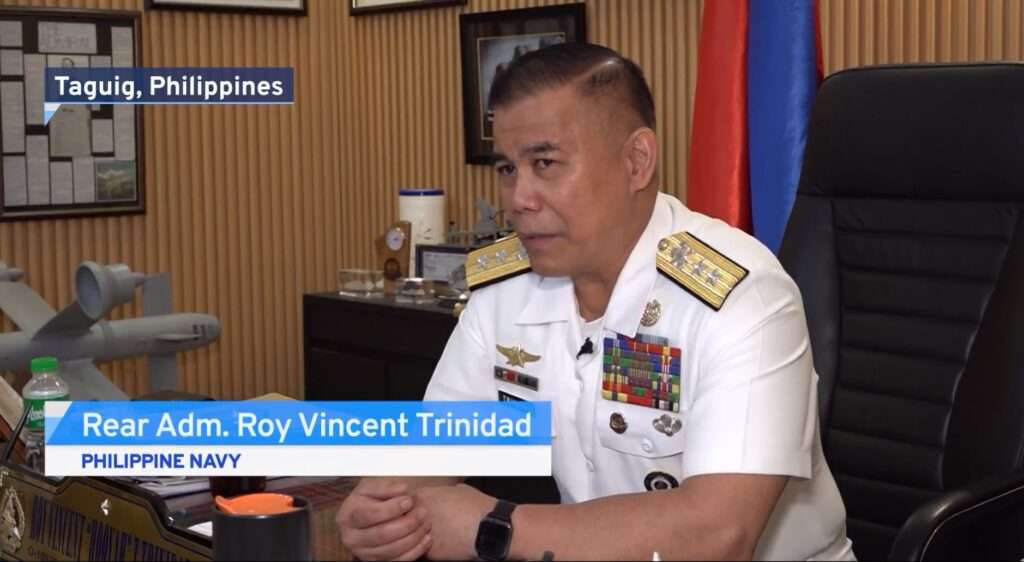In the deep blue waters where the South China Sea meets the Pacific, something subtle but significant is unfolding.
Far from formal summits and headline-grabbing declarations, the Philippines and Taiwan are quietly building bridges at sea. According to Rear Admiral Roy Vincent Trinidad, a key voice in the Philippines’ South China Sea task force, the two navies have begun “unofficial and informal” engagements—the kind that don’t make front-page news but still shift the region’s tectonic plates.
They’re even considering joint patrols in the Luzon Strait, the narrow stretch of ocean between northern Philippines and Taiwan. To the casual observer, it’s just another body of water. But to military planners, it’s a vital chokepoint a strategic lifeline where power can be projected, or pushed back.
Taiwan’s defence ministry played it cool, offering no confirmation, just a carefully worded nod to “pragmatic cooperation” with regional partners. But behind the diplomatic phrasing, the message is clear: neighbours are finding ways to stand together—quietly, purposefully.
At the same time, in northern Luzon, the Balikatan military exercises are in full swing. U.S. and Filipino troops are training shoulder-to-shoulder, simulating island defense scenarios that seem eerily tailored to real-world tensions nearby.
None of this spells open conflict. But it does suggest something Beijing won’t like hearing: its influence in these contested waters may be shrinking not with a bang, but with a calm, coordinated resistance. The International cooperation of Taiwan and Philippines is challenging China.

